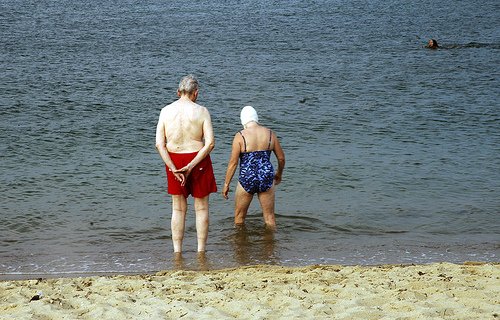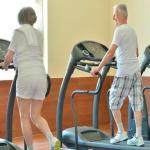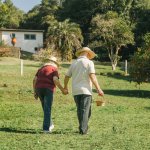Fitness for Seniors
Keeping fit is good for you, no matter what your age. Exercise protects you from chronic disease, regulates mood and improves overall health. For older people, it means that they are less injury prone, and symptoms from diseases like Alzheimer’s and diabetes can be minimised (AgingCare.com). This doesn’t mean that granny has to take up Thai kickboxing, though, as even the gentlest exercise can improve health and vitality. Walking, swimming, stretching and light strength training are all excellent for the elderly. According to The New York Times, when we age we lose muscle mass, flexibility and bone density. This results in a loss of mobility and, in many cases, independence. However, exercise can counteract this. Here’s how.
1. Get flexible
According to The New York Times, older bodies always need more time to warm up, and stretching is imperative before any exercise, no matter how light. It’s also important to build the stretching gradually, as it’s easy to cause injury if the person isn’t supple. Often, many older people are too afraid to start a fitness routine, as they are afraid of injury. Stretching can help relieve this fear, as it’s a gentle introduction to exercise. It’s advisable that older people have a trainer when exercising, as they need to stretch and warm-up properly. If someone is frail or not used to exercising, then starting off slowly is very important. Fitness routines that are excellent for flexibility include yoga, Pilates and tai chi (New York Times).

2. Get the blood pumping
According to AgedCare.com, it’s recommended that elderly people get 30 minutes of cardio exercise per day. If a person is very frail then even 10 minutes is acceptable. The most important thing is that the exercise gets the heart beating faster. Regular cardio workouts improve cardio-vascular and respiratory functions, lower blood pressure and lessen the risk of heart disease. Walking, cycling and swimming are excellent cardio workouts. The same effect can be achieved indoors with treadmills or step machines (New York Times).
3. Get stronger
Light strength-training helps with everyday tasks, like opening jars and doing chores. It’s easy to do strength-training at home with some resistance bands, small dumbbells and body weights (New York Times). In order to minimise injury, the large muscles should be exercised first, then the smaller and, lastly, the postural muscles. For example, start with the upper back and end with abdominals. It's advisable that strength training be done every second or third day, as the muscles always need a break in-between.
Regular exercise is needed for the elderly, as it improves their overall health and their sense of wellbeing. Being flexible and having muscle strength is highly beneficial, and a short daily cardio work out can do wonders. It doesn’t matter how old or how frail someone is, the most important thing is that they keep moving!
More to Read:
Previous Posts:
Next Posts:




